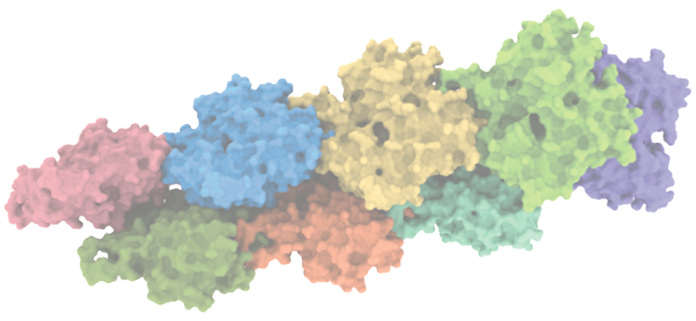Visualizing the movement of atoms in proteins is generally difficult. However, it is essential for breaking away from the static concept of structural analysis. Until now, X-ray free electron laser (XFEL) and nuclear magnetic resonance (NMR) methods have been used to analyze the protein dynamics. Here, X-ray has a difficulty in detecting hydrogen atoms with few electrons and protons without electrons, and NMR has the disadvantage of being able to handle small protein molecules. Because of this, it is difficult to predict and elucidate the behavior of hydrogen, which is important for understanding the biological functions, from the valuable analytical results obtained from experiments. On the other hand, although the center’s efforts to integrate simulation and structural analysis using data science methods are attracting worldwide attention, individual researchers are proceeding with their research separately. Fortunately, our university has many researchers specializing in biophysics and drug discovery science using molecular simulation, structural analysis using Cryo-EM, and nearby researchers specializing in X-ray structural analysis and neutron structural analysis. By integrating these research potentials, our center will develop interdisciplinary and highly original research that transcends fields, and aim to become a research base that will become a new strength for University of Tsukuba.

